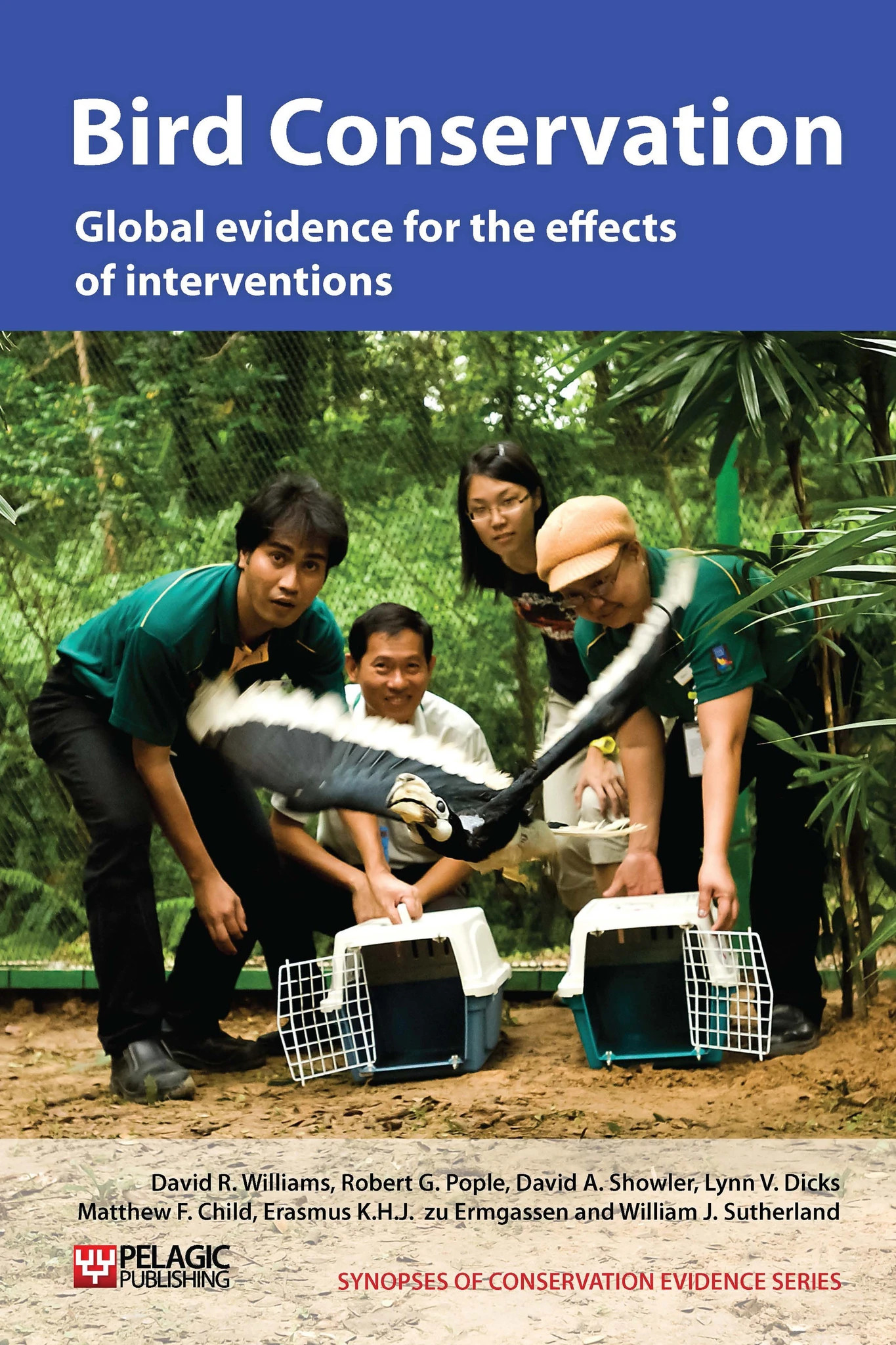Release birds in groups
-
Overall effectiveness category Unknown effectiveness (limited evidence)
-
Number of studies: 1
View assessment score
Hide assessment score
How is the evidence assessed?
-
Effectiveness
32% -
Certainty
26% -
Harms
2%
Study locations
Supporting evidence from individual studies
A replicated study of critically endangered black stilt (kaki) Himantopus novaezelandiae releases in South Island, New Zealand, between 1993 and 2005 (van Heezik et al. 2009) found that birds were more likely to move long distances from the release site when released in large groups, compared to birds released in smaller numbers. This study is discussed in more detail in ‘Release captive-bred individuals’ and ‘Release birds as adults or sub-adults, not juveniles’.
Study and other actions tested
Where has this evidence come from?
List of journals searched by synopsis
All the journals searched for all synopses
This Action forms part of the Action Synopsis:
Bird Conservation
Bird Conservation - Published 2013
Bird Synopsis





)_2023.JPG)














